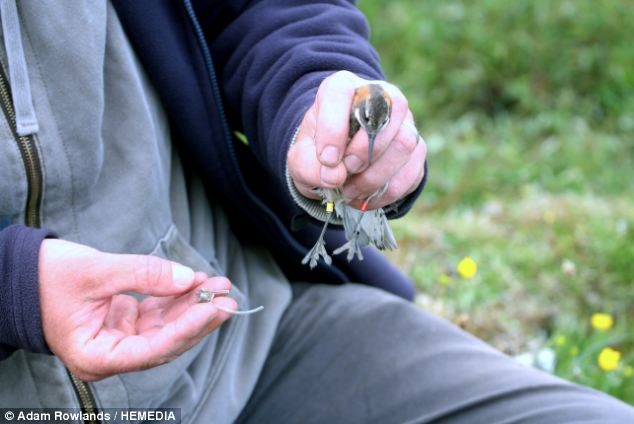
Let’s say you’re a bird wrapping up your breeding season in the north of Scotland—where do your thoughts turn when winter beckons? If you’re like most, you head southeast, meeting up with your continental cousins near the Mediterranean or Arabian Seas. But at least one Red-necked Phalarope has a different idea of the ideal winter getaway, and a huge cache of frequent-flyer miles.
Scientists who attached tracking devices to 10 of the birds in 2012 were shocked to discover that one had flown west across the Atlantic Ocean, and eventually settled down on the shores of the Pacific Ocean in South America. Along the wayward route, the Phalarope made stops in Iceland, Greenland, the continental U.S., the Caribbean islands, and Ecuador and Peru. It then reversed this migration, logging roughly 16,000 miles in total.
The geolocating project was launched to help scientists learn more about the Phalaropes, whose U.K. population numbers only in the double digits and only in the Shetland and Western Islands. Now, the results may have prompted more questions than answers, and suggest that the Phalaropes could be affected by South Pacific phenomena such as El Nino. The researchers theorize that these birds might not be strays from the Scandinavian Phalarope population, but instead perhaps originally from North America. In either case, they’ve got a travel history that would leave most humans’ passports in the dust.
Photo by Adam Rowlands/HEMEDIA













Leave a Comment